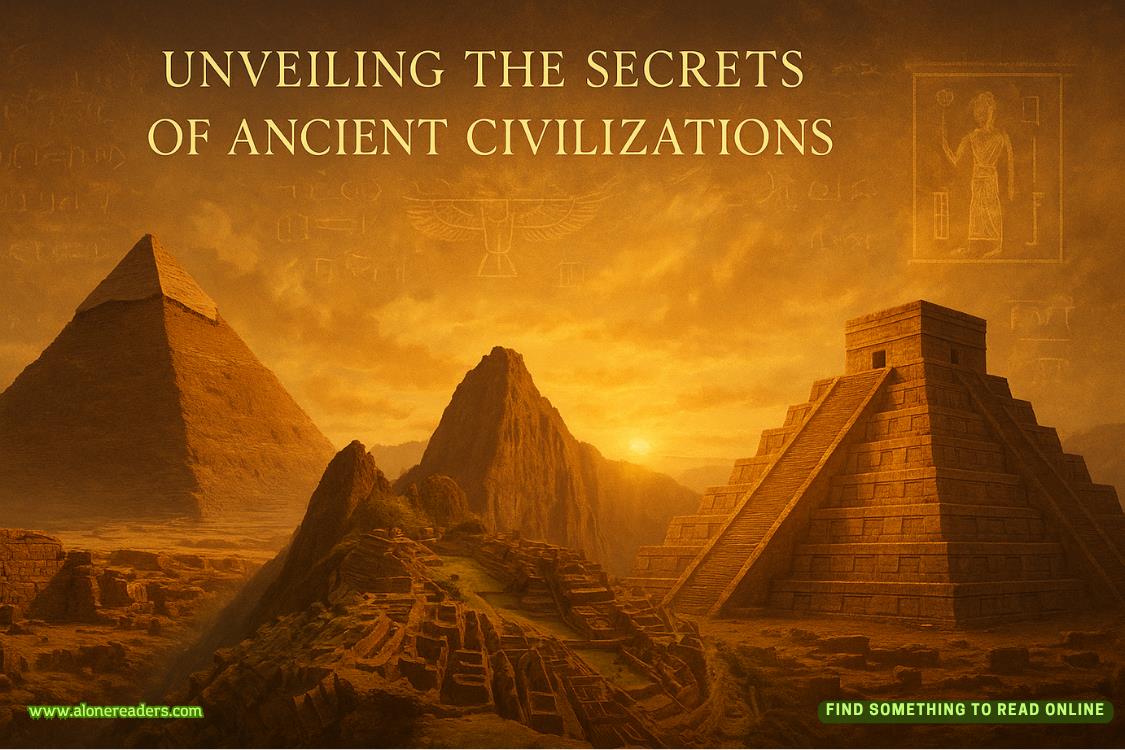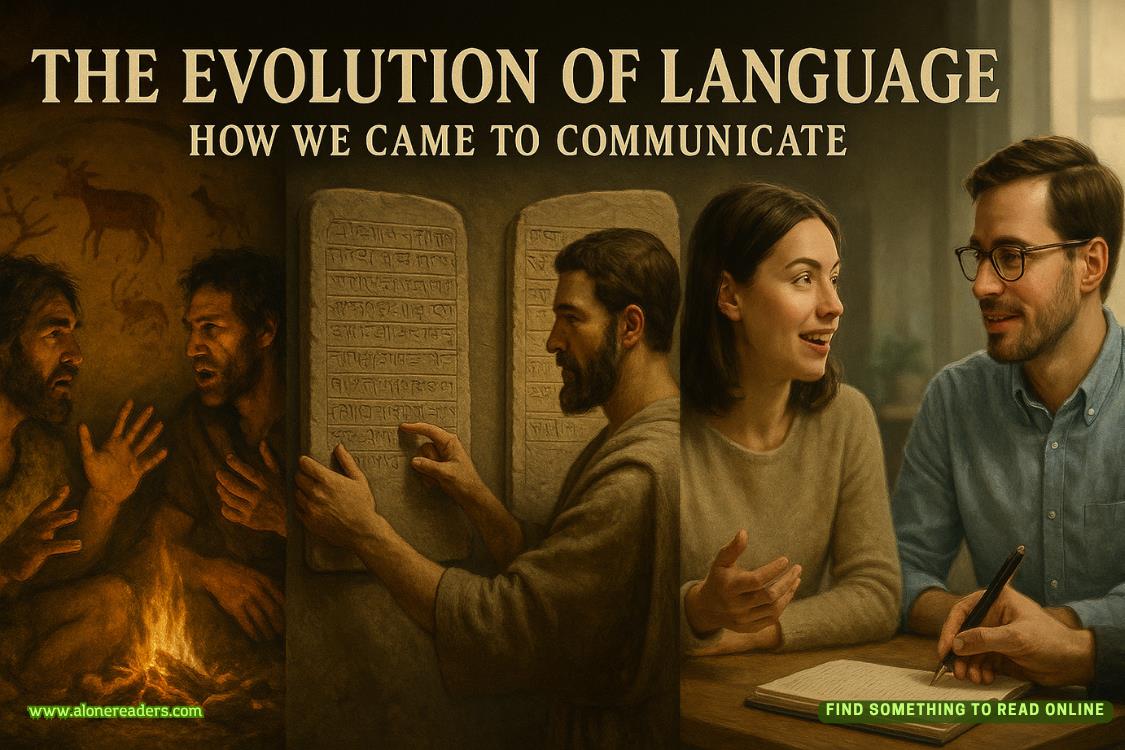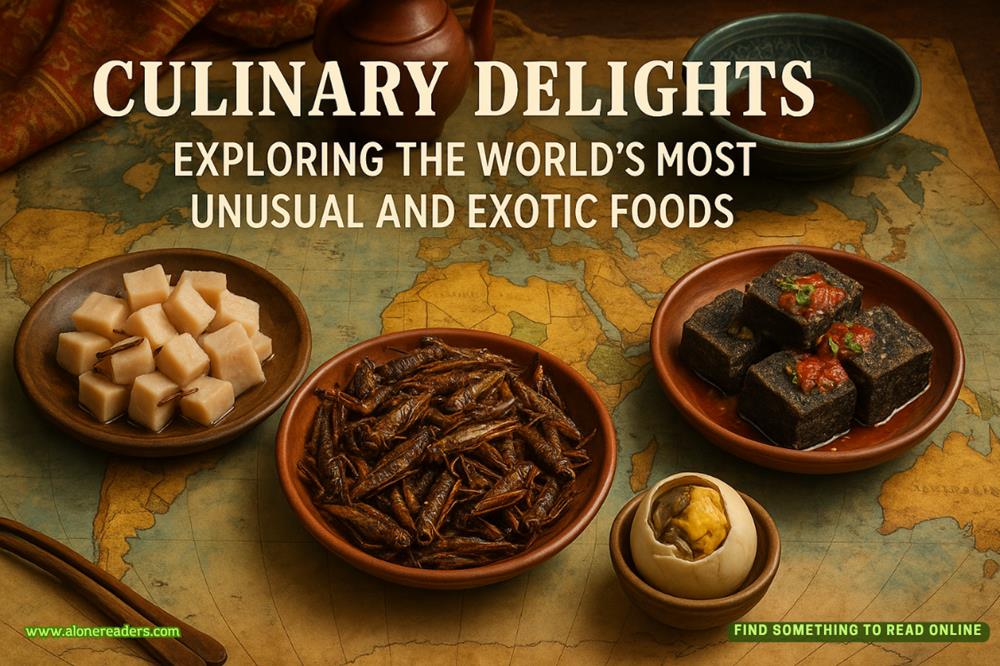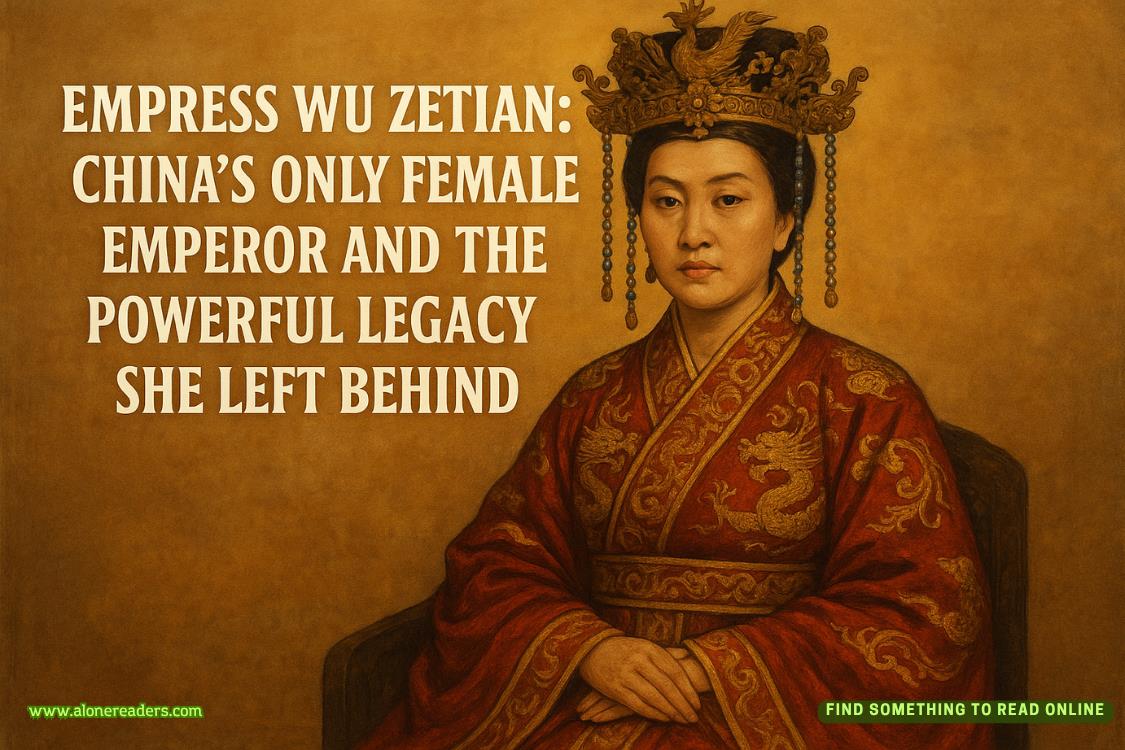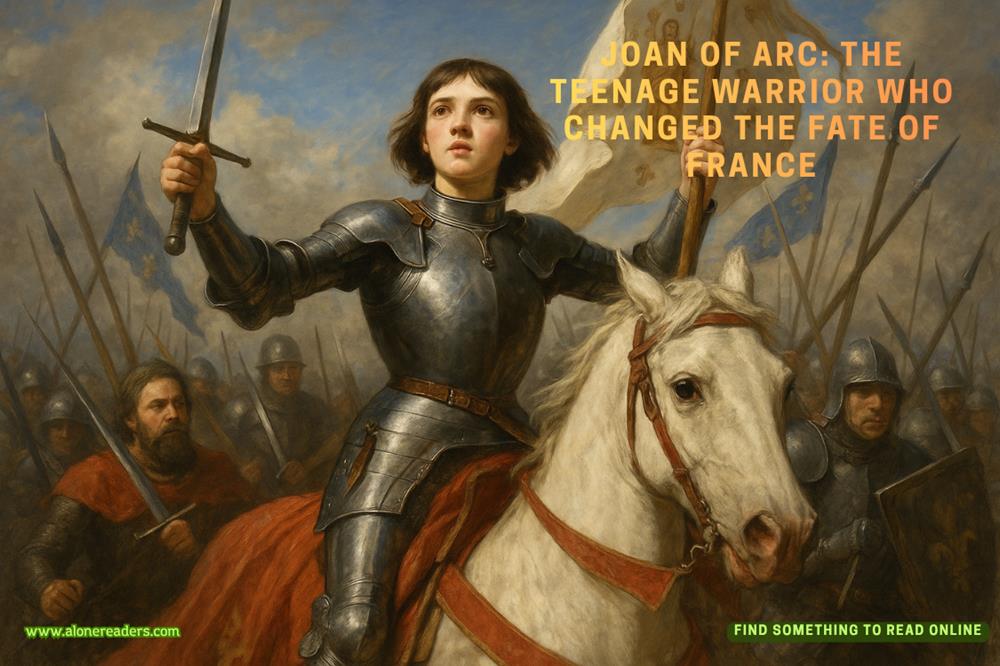Page 90 of The Doomsday Key (Sigma Force 6)
“What’s that?”
“To starve any animal that eats the infected plant.” Karlsen acknowledged the shocked looks on all their faces. “Crops infected by the fungus turn indigestible. Additionally, the fungus will invade the animal’s gut, further reducing food absorption. It’s the perfect killing machine. It starves the host to death with the very stuff that is meant to sustain it.”
“So you eat and eat, yet still starve to death.” Painter shook his head. “What advantage is that to the fungus?”
Monk answered. “Fungi are one of the main reasons dead things decompose. Dead trees, dead bodies. Doesn’t matter. By killing the host, the fungus was creating its own fertilizer, its own growth medium.”
Painter pictured the mushrooms growing in the bellies of the mummies. But he also remembered Monk’s description of the discovery in the lab, of the sporulating pods that matured out of those same mushrooms. That was how it spread, casting out airborne spores that would infect more fields and start the whole process over again.
Karlsen drew back his attention. “The goal of our research was only to extract the chemical that made those grains indigestible. If we could engineer it into the corn, we’d be able to decrease its digestibility. With less digestible corn, you’d have to eat more to have the same caloric benefit.”
“So once again,” Painter said, “you’d be restricting the food supply.”
“And in a way that gave us total control. By manipulating this gene, we could turn a grain’s digestibility up or down like twisting a dial. That’s all we intended. And it’s not as if we were the first to seek such genetic control.”
Painter focused on those last words. “What do you mean?”
“In 2001 a biotech company called Epicyte announced they’d developed a corn seed engineered with a contraceptive agent. Consumption of the seed lessened fertility. It was proposed as a solution to the overpopulation problem. All this blatant announcement got them was a huge amount of bad press, and the corn seed vanished. As I said, addressing this issue openly only welcomes retribution. It has to be kept underground, out of the public eye. That was the lesson. And I learned it.”
And that was the point where everything went wrong. Painter kept his voice neutral. “But your new GM corn wasn’t stable.”
Karlsen gave a slight shake of his head. “The fungus proved more adept than we imagined. This organism has evolved alongside its host plants over eons. We thought we were only engineering one aspect of the fungus—its effect on digestibility—but it mutated in successive generations and returned to full potency. It regained its ability to kill, to germinate again into its mushroom form. But worst of all, it regained its ability to spread.”
“And when did you learn about this?”
“During the project in Africa.”
“Yet you had already initiated seed production in the U.S. and abroad?”
Karlsen’s expression grew pained. “It was at the insistence and assurance of our project leader and chief geneticist. She said the results of preliminary safety tests were sufficient for us to move forward. I trusted her; I never checked the results myself.”
“Who was this woman?” Painter asked.
Senator Gorman guessed, his voice bitter and hard. “Krista Magnussen.”
5:52 A.M.
Ivar Karlsen knew he could no longer avoid the senator’s fury. But it took him a moment to meet the man’s eyes. Instead, he stared down. From a pocket, he had removed a coin and let it rest in his palm. It was the Frederick IV four-mark, minted in 1725 by the traitor Henrik Meyer. His reminder of the cost of betrayal.
Karlsen’s fingers clenched the coin, recognizing how far he had fallen, led astray by Krista Magnussen. He finally lifted his eyes and faced Senator Gorman. The man had paid a stiff price in blood. Ivar could not deny him the truth.
“The senator is right. I hired Ms. Magnussen when we started the Crop Biogenics division six years ago. She came with a slew of recommendations from Harvard and Oxford. She was young, brilliant, and motivated. She produced results year after year.”
“But she wasn’t who she claimed to be,” Painter said.
“No,” Ivar said. “About a year ago, we began having serious problems at our facilities. Arson in Romania. Embezzlement at another. A rash of thefts. Then Krista revealed that she had access to an organization that could shore up our global security, quietly and efficiently. She described it as a corporate version of a private military contractor.”
“Did this organization have a name?”
“She called it the Guild.”
Painter failed to react to the name. Not even a twitch. His total lack of response convinced Ivar that the man knew about the Guild, possibly more than even Ivar did.
“It was all staged,” Painter said. “The accidents, the arson, the theft…the Guild made those happen. They needed you. So they softened you up to earn your trust. They pulled your butt out of the fire enough times, and you began to relinquish control. You grew dependent on them.”
Surely that wasn’t possible. But the pattern Painter laid out…it was so clear, like a deadly hand of cards.
“Let me guess,” Painter continued, adding to the pattern. “When things really began to go wrong…at the test farm in Africa…who did you turn to?”
“Krista, of course,” Ivar admitted, his voice catching. “She reported the mutations, that some of the camp refugees were becoming sick after consuming the corn. Something had to be done. But we’d already planted production fields around the world. She said the situation could still be salvaged, but she and her organization would need a free hand. She warned I must harden my heart. To save the world, what were a few lives? Those were her words. And dear God, I was desperate enough to believe them.”
Ivar’s breathing grew harder. His heart pounded in his throat. He pictured Krista naked, kissing him, her eyes fierce and bright. He had thought he’d known the game being played.
What a fool I’ve been…
Painter continued the story, as if he’d been standing beside Ivar these past days. “The Guild razed the village and told you that was necessary to prevent the organism from spreading. They took the bodies of some of the afflicted villagers for study and justified what came next. Let their deaths not be in vain. If more could be learned, others could be saved. And with seed production already begun, time was essential.”

